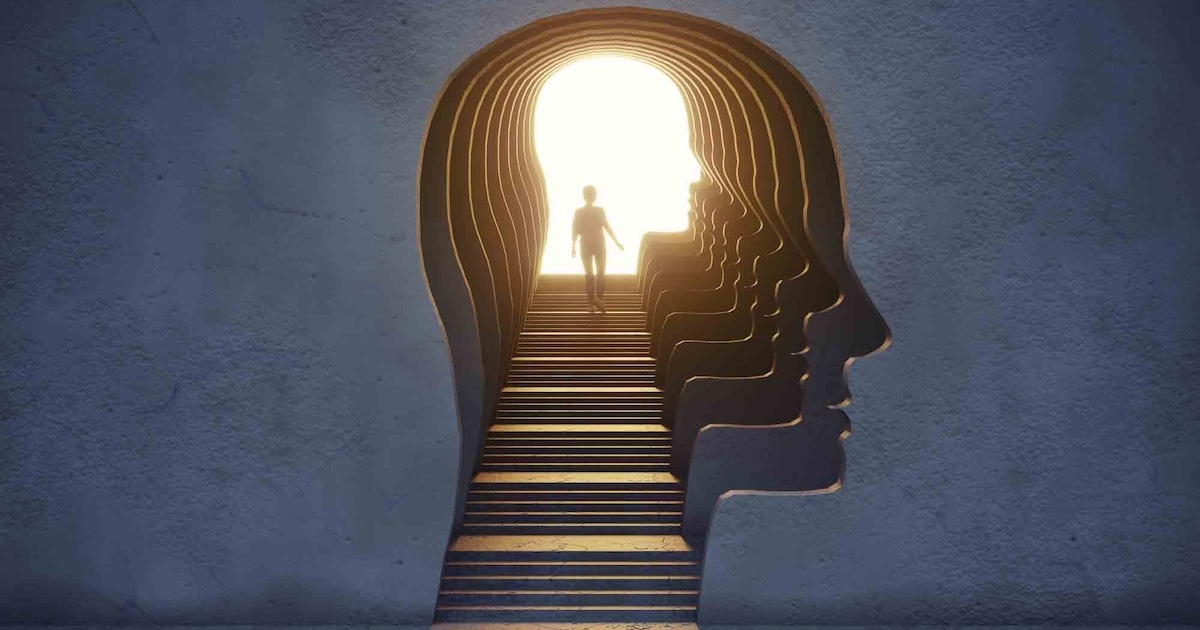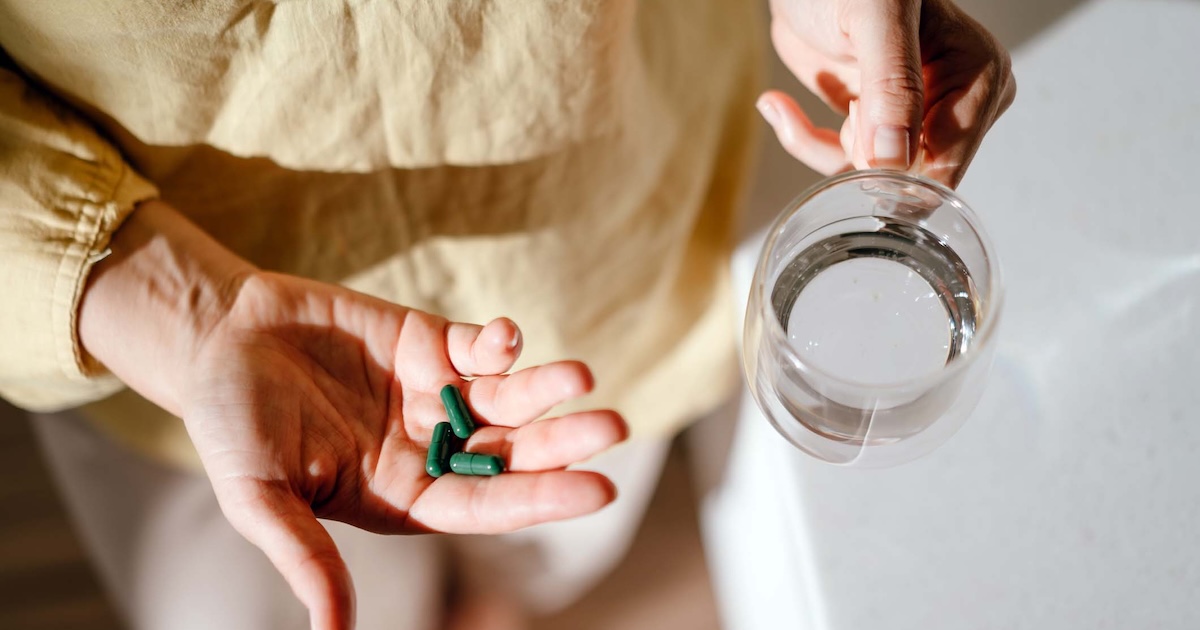 PUSH armband
PUSH armband
A little over a month ago, MobiHealthNews rounded up six health trackers on crowdfunding sites.
BreathAcoustics, which has raised another $15,000 since we last checked in with seven days until the end of the campaign, is a Bluetooth headset that lets a user listen to music and make phone calls, but also tracks health metrics. BreathAcoustics has raised $28,000 of its $30,000 goal.
Another, BitGym, ended its campaign in September beating its goal of $30,000 by $7,000. This product is a mobile software for smartphones and tablets that display virtual runs or tools while the user works out on a treadmill, exercise bike, or elliptical. While some of those campaigns are wrapping up and some have been finished for some time now, a new group of health trackers has entered the scene.
This time, these devices track more than just the general vitals like heart rate and blood oxygen level. Instead, an activity tracker aims to prevent falls, a light sensor helps users understand nutrition, a smart water bottle tracks hydration and a pulse oximeter offers stress readings.

Angel is similar to other vitals-measuring devices in the tracking space, but the device takes a new spin on it --it offers any developer a chance to turn Angel into any sort of tracker through open source hardware. Use cases that the makers of Angel suggest include a workout tracker, sleep monitor, fertility tracker, silent alarm clock, fever tracker, and heart rate tracker. Key vital signs that Angel can track are heart rate, skin temperature, blood oxygen levels and physical activity.
Angel has not finalized its SDK yet for developers, but because it uses Bluetooth, the device will be compatible with fitness apps like Endomondo, Wahoo Fitness, RunKeeper, and Strava right off the bat. As of today, Angel has reached its funding goal with 11 days left in the campaign.

BluFit is a smart water bottle with a companion app. The app collects information about the user so when the user drinks water, results on hydration are personalized, or the user can set his or her own hydration goals based on medical conditions or workout intensity. All information gathered, about the time and amount of water consumed, is charted within the app and alerts can be set for water drinking reminders. The battery lasts seven to 10 days and the bottle is machine washable, although the bottle cap, which contains a Bluetooth chip, water sensor, rechargeable battery, must be hand-washed.
In the future, BluFit plans to integrate with other devices and APIs and will apply for CE Mark and FDA certification.

This device is a three part system which includes a scanner, cloud-based algorithm and companion app. The scanner utilizes a spectrometer to send information to the cloud. More specifically, the spectrometer sorts the photons in the food by wavelength and then counts them. The resulting information, which is sent to the cloud, is sent to the companion app with information about allergens, chemicals, nutrients, calories, and ingredients.

PUSH markets itself as the first fitness tracker to measure strength. The device itself is a black armband to be worn on the user's forearm. The technology tracks repetitions and sets for weights, force, power, balance, velocity and tempo to offer athletes suggestions to optimize their strength.
The companion app allows users to share workout routines with friends and earn badges for completing goals. One use case that the company points out is enhancing the relationship between a trainer and athlete. Spreadsheets of data are available in a PUSH portal for trainers to look at.

Similar to PUSH, QuASP takes activity tracking a step further and focuses in greater detail on the quality of training. This wearable sensor targets entire teams. The device provides a trainer with acceleration and deceleration patterns, sports team analytics, reaction times for changing directions and a resume service to show if the athlete has made progress over time. QuASP says its ideal for anyone in a precision sport, like golf, tennis, soccer, football, cricket and basketball.
If the user chooses to get QuASP Pro instead of Lite, they also receive real-time quantification of shocks during tackles or impacts, tracking of the whole team, simultaneous access from multiple client applications running on tablets, smartphones and PCs and synchronization with video streaming for video analysis, although the camera is not included.

It's a wristworn activity tracker for a baby. This past summer, various wearable baby trackers were announced or launched, yet none of the ones that MobiHealthNews wrote about were for the wrist -- a common place for adult activity trackers. Baby's Fairy looks out for highs and lows in temperature and heart rate and alerts the parents' home base if any of these warning signs arise. The device will also warn parents of low battery or lost connectivity. The home base is a portable box that has constant readings of what the baby's vitals are. The frequency module on the device is FCC certified and baby-safe.
Estimated shipping dates for the device begin in December 2013.

HeadCase markets itself as the "only affordable three-part concussion management system designed to measure hits and help identify concussion symptoms." The system is meant to be used over an athlete's career and costs $59 for a limited time and will retail for $99. It includes a sensor, mobile app and access to the website. All data will be uploaded to the website, which will also have a resource center for concussion education and management.
The company hopes to have the system online and in-stores by May 2014, the same time as the shipping date for pre-orders purchased on the Indiegogo campaign.
Concussion trackers are not new to the space. Cambridge, Massachusetts based MC10 has developed a mesh cap called CheckLight that provides realtime feedback about athlete head injuries and Cleveland Clinic more recently is conducting baseline screenings of student athletes of their Cleveland Clinic Concussion Assessment System.

Not only is the team at StressLocator interested in developing and selling their stress diagnostic tool, they also want to create a global stress map to view where and when stress is felt. The stress tool consists of an app, available only on Android, a pulse oximeter, although the team says a smartphone camera works just as well, and a server application for a therapist to use.
The company is using the funds from Indiegogo to manufacture the pulse oximeters.

This clip-on sensor meant for the entire family -- it can serve as a fall detection tool, an activity tracker or a posture detector. The product has a fall detection feature that will alert adult children if their elderly parents fall over, a position correcting feature that will help improve the posture in young kids by alerting parents if their childrens' posture is bad and an activity tracking feature.
MobiHealthNews contributing editor Neil Versel has written about the importance of having a passive fall prevention system, like Sense-U, in place for older people, instead of panic buttons, like LifeAlert's device.
The battery power lasts five to seven days and the device retails for $198.


